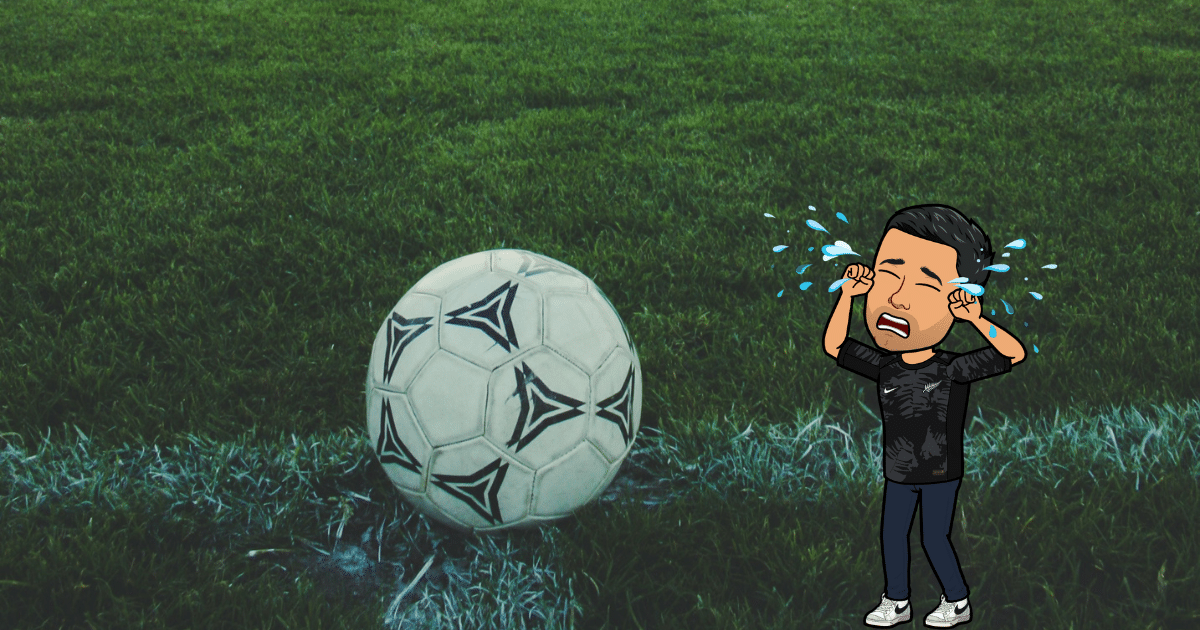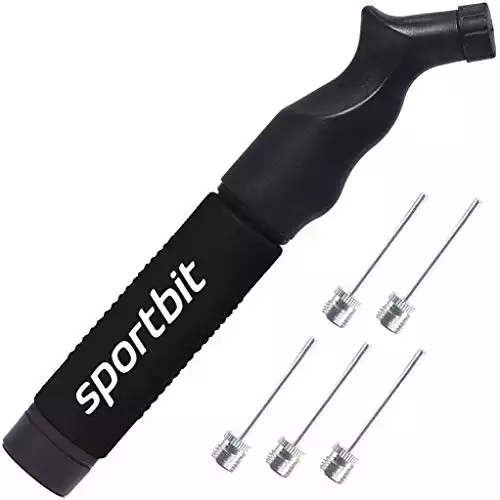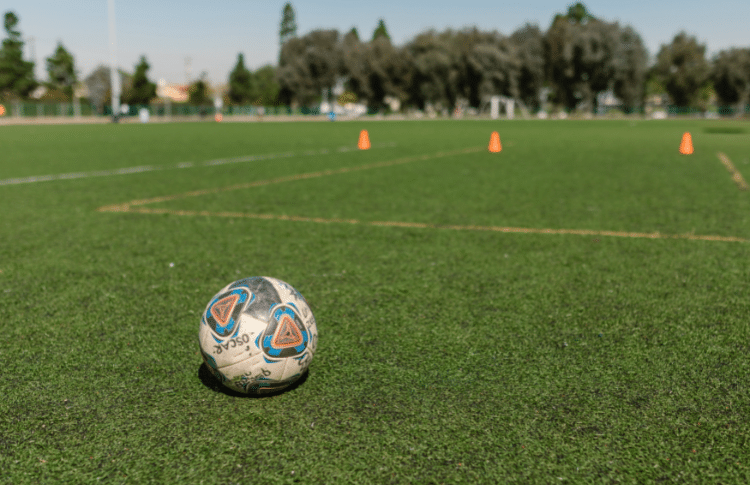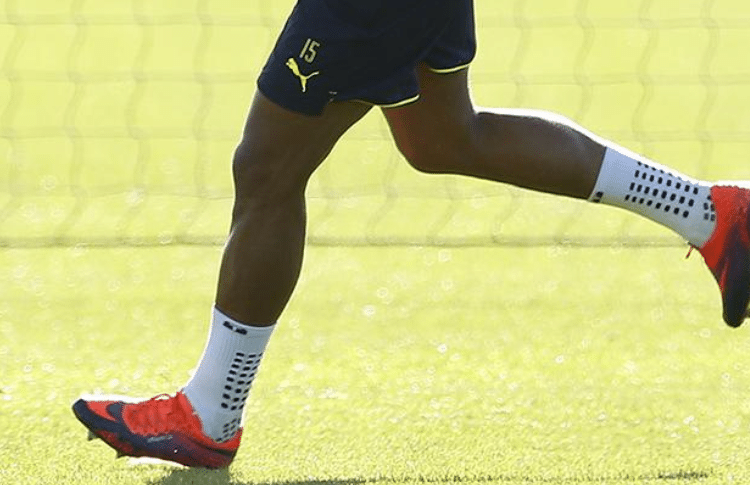Why is My Soccer Ball Deflating? We Have Your Answer
The most common reasons why your soccer ball is deflating is because it is damaged or the air temperature fluctuates.
If you play soccer regularly, you understand how frustrating it can be to find your ball deflated. The frustration can be amplified if that is your only soccer ball!
Key Takeaways From This Article:
- A soccer ball can lose air based on several factors including damage to the exterior or interior, change in air temp, or not being pumped up enough.
- A soccer ball should be pumped up to 9 to 15 PSIs.
- Proper storage is important to keep the ball inflated.
- Don’t spend too much mind power on how to keep a ball in tip-top shape. It’s supposed to be kicked around and scuffed up.
In this article, let’s explore the common causes of your soccer ball deflating. You’ll want to keep reading!
Common Causes Your Soccer Ball Being Deflated
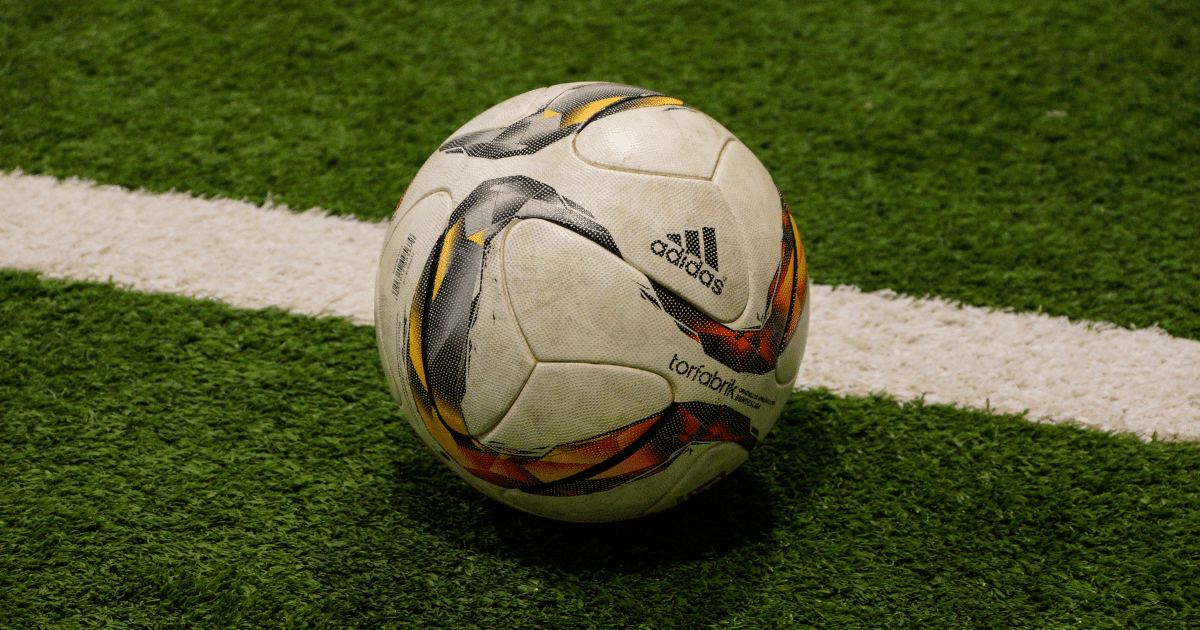
If you’re still on this page, let’s cut to the chase and learn what makes a soccer ball deflate. Here are a few reasons why:
Damage to the Ball’s Exterior

If your soccer ball has been punctured or damaged in any way, it can cause air to leak out.
The subtle air leak can happen if the ball is kicked into a sharp object or if it’s been used for too long. This can cause it to become worn out.
If you squeeze the ball, you can usually hear a hissing sound which means there is a puncture somewhere.
If you notice any visible damage to your ball, it’s important to repair it (see below) or replace it as soon as possible to prevent further deflation.
Leaky Valve
The valve is the small opening in the ball where you insert the air pump.
If the valve is damaged or not screwed in tightly, air can escape from the ball. Check the valve regularly to ensure it’s in good condition and securely fastened.
The common reason for a valve leak is from a needle not being pushed in straight. When it’s bent into the ball, the valve can bend or rip with it.
Underinflation
A ball that is underinflated is considered deflated so you’ll need to pump more air into it. That’s science for you!
Make sure to pump your ball up to the appropriate pressure before use. A ball that’s too soft can also affect its bounce and overall performance on the field.
As a general rule, the ball should be inflated between 9 – 15 PSI.
It’s relatively easy to spot a ball that needs more air. There’s a certain ‘thud’ sound it makes.
Overinflation
On the flip side, if you pump too much air into your soccer ball, it can become overinflated and reverse itself to deflate quickly. With too much air inside, the air needs to escape somehow so it will seep through the seams.
Overinflation can also cause the ball to become misshapen and affect its performance.
For an experienced player, you can trust your gut to ensure the ball is not pumped up too much. If it’s hard on the touch, you may need to squeeze some air out of the ball like I did here…
How Does a Temperature Change Affect a Soccer Ball?
When the temperature drops, the air molecules inside the ball lose energy and move more slowly, causing the air pressure inside the ball to decrease. This decrease in pressure can cause the ball to deflate or become less firm.
For example, I live in New England and the weather can fluctuate by the hour. If my son plays with a ball inside and then brings it outside in early spring, the ball will lose air over time.
I’ve even seen a ball lose air after a day in the cold.
The rubber or plastic material used to make soccer balls can also become stiffer and less elastic in cold temperatures. This can contribute to the deflation problem.
Preventing Your Balls From Being Deflated
The best ways to prevent your soccer balls from deflating include:
- Proper Inflation: Use a pressure gauge to inflate your ball between the sweet spot of 9 and 15 PSI.
- Storage: Bring your balls inside your house. This will help avoid the extreme temperature fluctuations.
- Play on turf or grass: Avoid kicking the ball on hard surfaces like concrete or asphalt, which can cause damage to the ball’s surface and valve.
Final Thoughts
To wrap up, a soccer ball can deflate for various reasons as mentioned above.
It is important to properly keep your soccer ball inflated at the recommended PSI, store it in a dry area away from direct sunlight, and use it on grass or turf only. If you do this, you’ll be able to play with your favorite ball for many years.
If you are a player or parent of a player, soccer balls should be a piece of equipment that just gets worn out over time. There’s no need to hold back just because you want it to look like new. Go out there and get scuff marks and grass stains on it!
I hope this article has been helpful! For more information on soccer balls, head over to How to Deflate a Soccer Ball Without a Pump or What Are Soccer Balls Made Of?

